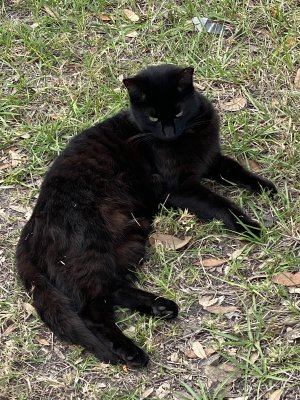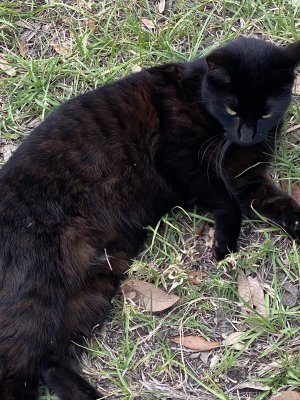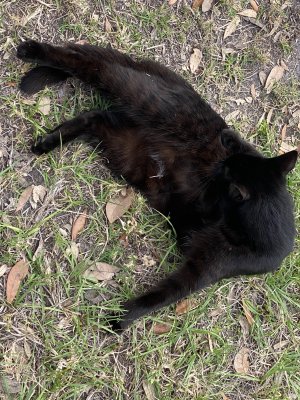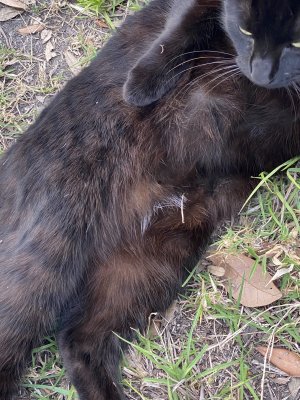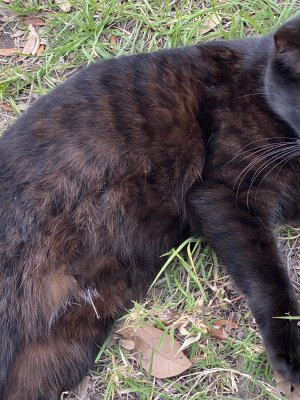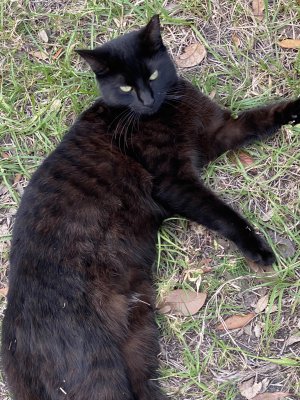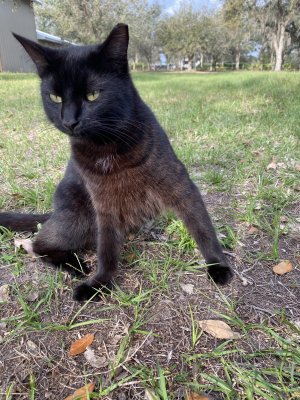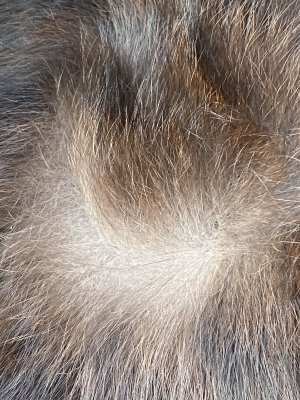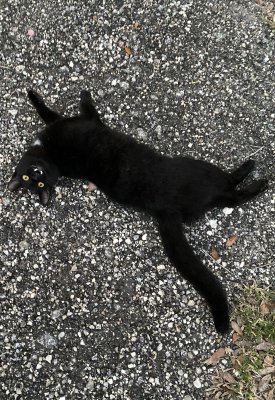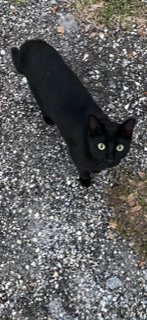- Joined
- Jun 11, 2022
- Messages
- 23
- Purraise
- 20
This is one of my feral colony kittens, turned barn kitten. She is now about 11 months old, and I really don’t think this is a fever coat. Both of her brothers are now straight black, but she’s far from it and gaining more color as she ages. I was guessing a smoke for awhile, but now I really don’t know.
Attachments
-
2.7 MB Views: 46
-
2.2 MB Views: 51
-
3.2 MB Views: 52
-
2.5 MB Views: 53
-
2.4 MB Views: 48
-
2.4 MB Views: 50
-
2.8 MB Views: 51
-
2.1 MB Views: 53

